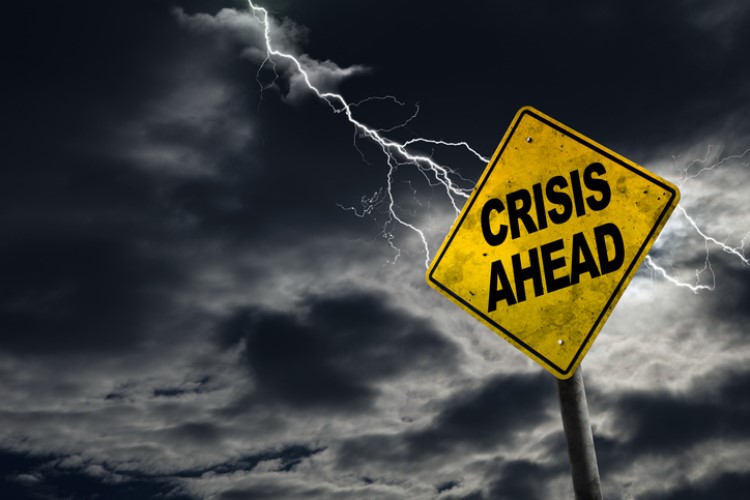
The Reserve Bank of Australia (RBA) is bracing for a potential 30% decline in home prices.
In its first Financial Stability Review for 2019, the central bank took a closer look at the housing price falls in Australia and how the trend continues to spur negative equity amongst households. It said that negative equity creates a quite tricky situation not just for borrowers but also for lenders.
"A borrower having difficulty making loan repayments who has negative equity cannot fully repay their debt by selling the property. Negative equity also implies that banks are likely to bear losses in the event that a borrower defaults," the report said.
While the incidence of negative equity continues to be low at present, there could still be a high chance that it would become widespread should house prices fall further.
"However, even if this did occur, increased defaults would be unlikely if the unemployment rate remains low, particularly given the improvements in loan serviceability standards over recent years," the central bank said.
The report also shows that few loans are currently in negative equity despite the considerable price declines. According to RBA data, around 2.75% of securitised loans by value are in negative equity — this represents just over 2% of borrowers.
"The highest rates of negative equity are in Western Australia, the Northern Territory and Queensland, where there have been large price falls in areas with high exposure to mining activity. Almost 60% of loans in negative equity are in Western Australia or the Northern Territory," RBA said.
RBA noted that Australia's financial system seems to be resilient given that it can ward off the impact of a 30% price decline.
"Stress tests of the banks indicate that they have sufficient capital to withstand double-digit unemployment rates and housing price falls exceeding 30% These tests are simulated exercises, but the banks have also experienced an actual, although smaller, stress event in Western Australia, where housing prices have fallen almost 20% and the unemployment rate has risen 3 percentage points," it said.
However, it did flag the risks of investing in apartments, especially in high-density markets such as Sydney. RBA said high-density apartment developments could exacerbate price cycles because they have long planning and development processes — when prices are rising rapidly, developers are open to paying high prices for land while investors and buyers are eager to buy off-the-plan units.
"The large increase in supply, however, ultimately sows the seeds of a decline in prices which, if large enough, results in development becoming unattractive, new supply falling and the cycle starting again," it said, "Weaker apartment market conditions may encourage selling by investors struggling to meet their mortgage payments or those who want to limit potential capital losses in an environment of falling prices."
Collections: Mortgage News



Share